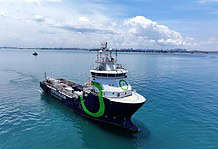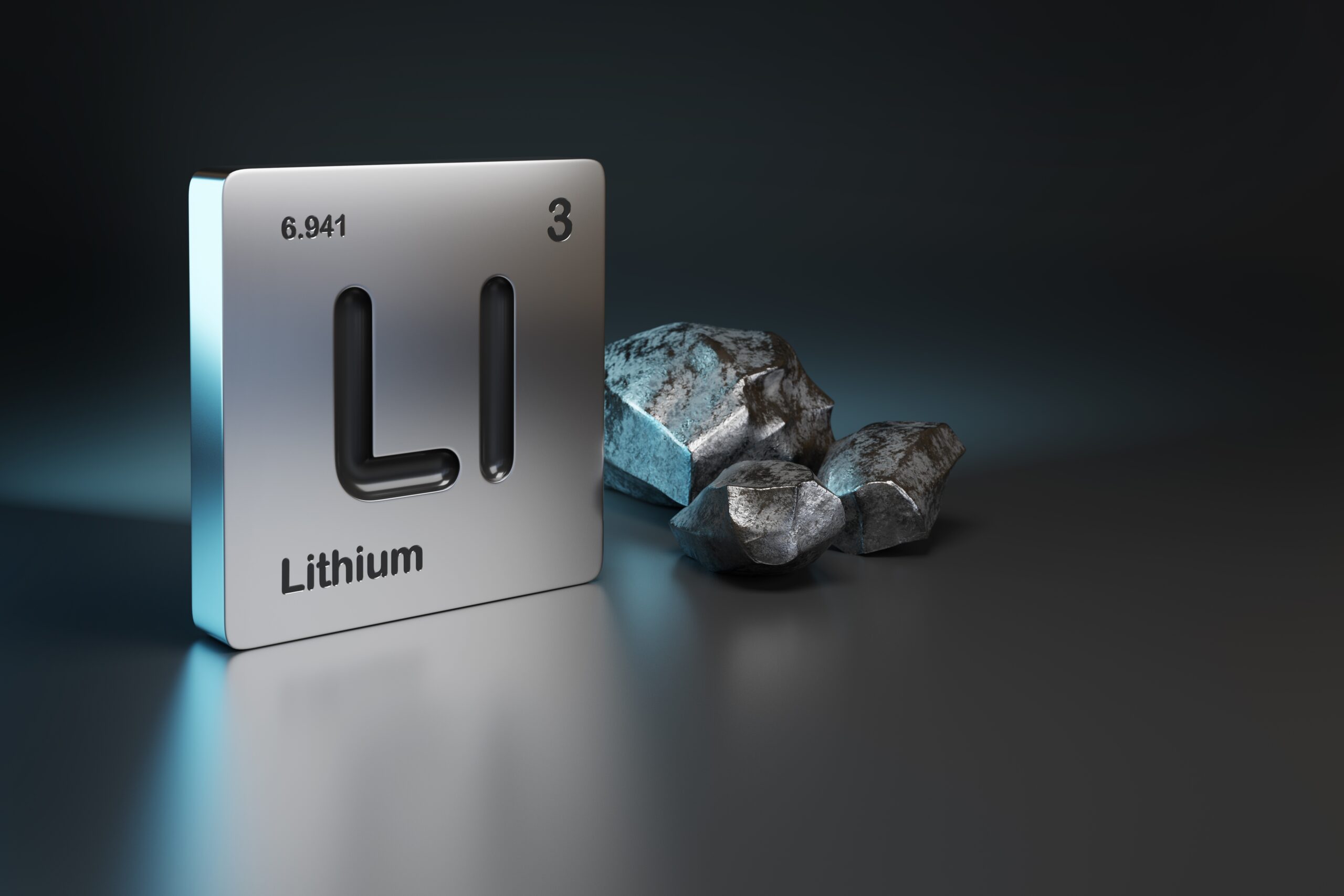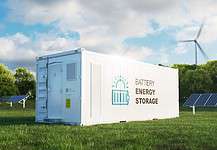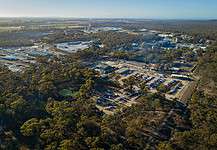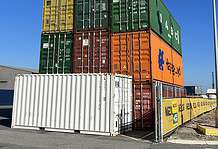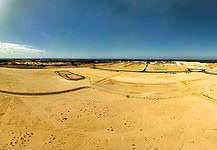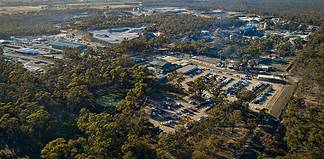BHP’s strategy for value growth in a decarbonising world
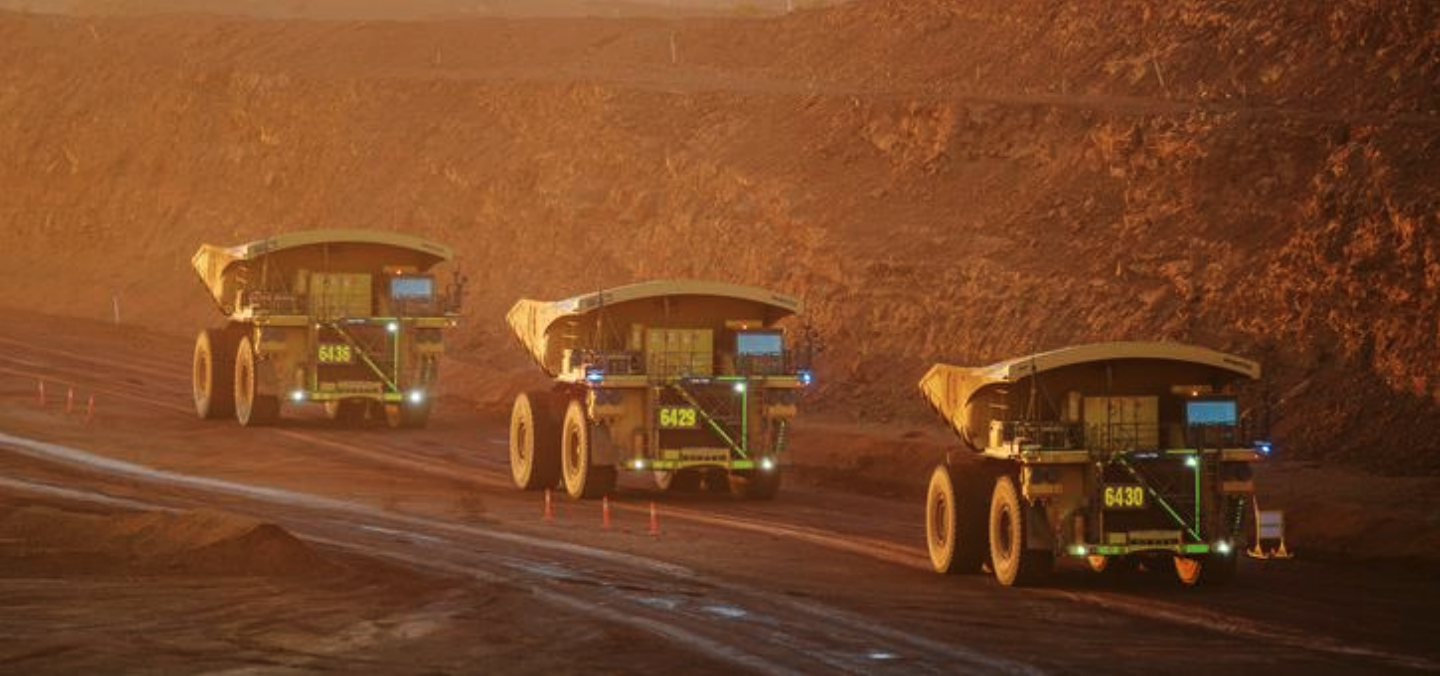
BHP‘s (ASX: BHP) chief executive officer Mike Henry delivered a speech at the Bank of America 2023 Global Metals, Mining & Steel Conference, discussing the company’s strategies to drive value growth for shareholders.
BHP to drive growth for shareholders
Mr Henry emphasised BHP’s focus on operational excellence, portfolio optimisation and commitment to social value.
He touched upon various aspects, including safety, macroeconomic drivers, long-term growth opportunities, specific growth initiatives, recent acquisitions, reliability, operational excellence and capital projects.
Addressing the audience, Mr Henry expressed his gratitude for the conference and acknowledged the tragic fatalities that occurred at Olympic Dam and Port Hedland.
“As far as we have come in recent years, we’ve now had two colleagues who haven’t made it home at the end of shift to family and friends and that really does tell us that we are not yet getting the most important basic right,” he said.
Mr Henry highlighted the favourable macroeconomic drivers supporting the metals, mining and steel sector, particularly the stabilising effect of China on global economic growth and commodities demand.
He shared his positive outlook for the sector, especially in construction and the steel value chain, expecting the second half of the year to perform better.
Looking ahead, Mr Henry emphasised the long-term growth opportunities driven by factors such as population growth, urbanisation and decarbonisation.
“The global economy is expected to be 2.5 times larger by 2050, with the biggest contributions coming from China, where the economy is expected to double in size and India, where a four-fold expansion is anticipated,” he said.
Mr Henry also stressed the need for increased capital-intensive investments and infrastructure development to facilitate decarbonisation and mitigate climate risks.
“In our 1.5-degree scenario, we expect the world would need almost twice as much steel, twice as much mined copper, twice as much potash fertiliser and four times as much primary nickel over the next 30 years, as the past 30,” he said.
“Based on our estimates of a plausible upside case of a 1.5-degree scenario, the industry could require around a quarter of a trillion dollars in growth capital by the end of the decade.
“We will only pursue growth where we believe we can deliver long-term value for shareholders.”
He highlighted the challenges associated with meeting the growing demand for metals in a decarbonising world.
Mr Henry discussed the potential shortfall in capital deployment within the industry, particularly in meeting the expected demand for copper.
He called for governments to accelerate the pace of bringing new supply to the market by streamlining permitting processes and maintaining stable fiscal settings.
Mr Henry presented BHP’s competitive advantage, emphasising its unique portfolio of leading basin plays and operational expertise.
“Our portfolio of leading basin plays is unique. Paired with our operating system and our capital allocation framework, this represents a competitive advantage,” he said.
“Our industry leading Western Australia Iron Ore business sets us apart as the lowest cost iron ore producer globally.”
The company’s focus on enhancing productivity from existing assets and exploring innovative ways to expand its resource base was underscored.
Recent successes in copper exploration at Oak Dam and Ocelot were mentioned, along with ongoing efforts in greenfield exploration and building partnerships.
Specific growth opportunities in iron ore and potash were discussed in detail.
BHP’s Western Australia Iron Ore (WAIO) business was highlighted as the lowest-cost producer globally, with plans for incremental de-bottlenecking and productivity enhancements to achieve volume growth.
The company expressed excitement about its potash projects, highlighting positive market fundamentals and providing updates on Jansen Stage 1 and ongoing studies for Jansen Stage 2.
“The long-term fundamentals for the [potash] market are compelling and have improved further since we sanctioned Jansen Stage 1,” said Mr Henry.
Mr Henry shared insights into BHP’s recent acquisition of OZ Minerals, emphasising the potential for unlocking synergies and expanding copper and nickel production.
“Combining Olympic Dam, Carrapateena, Prominent Hill and Oak Dam, will create a Tier One copper province in South Australia,” he said.
He concluded with an emphasis on BHP’s commitment to being a reliable operator, delivering strong performance and attractive returns.
Mr Henry highlighted the company’s recognition for operational excellence and its track record of successfully delivering projects on time and on budget.
“We have demonstrated our projects capability with our recent successes in Australia at South Flank and in Chile at the Spence Growth Option, both of which were delivered on time and on budget in spite of the challenges presented by COVID,” he said.
BHP’s focus on responsible and sustainable business practices, creating enduring benefits for stakeholders, was reiterated.
“We aim to manage our business responsibly and more sustainably and in a way that creates enduring benefit for all of our partners and stakeholders, of course, shareholders front and centre in that,” said Mr Henry.
With a strong competitive advantage and a portfolio of world-class assets, BHP is well-positioned to meet the growing demand for metals and contribute to a sustainable future.


